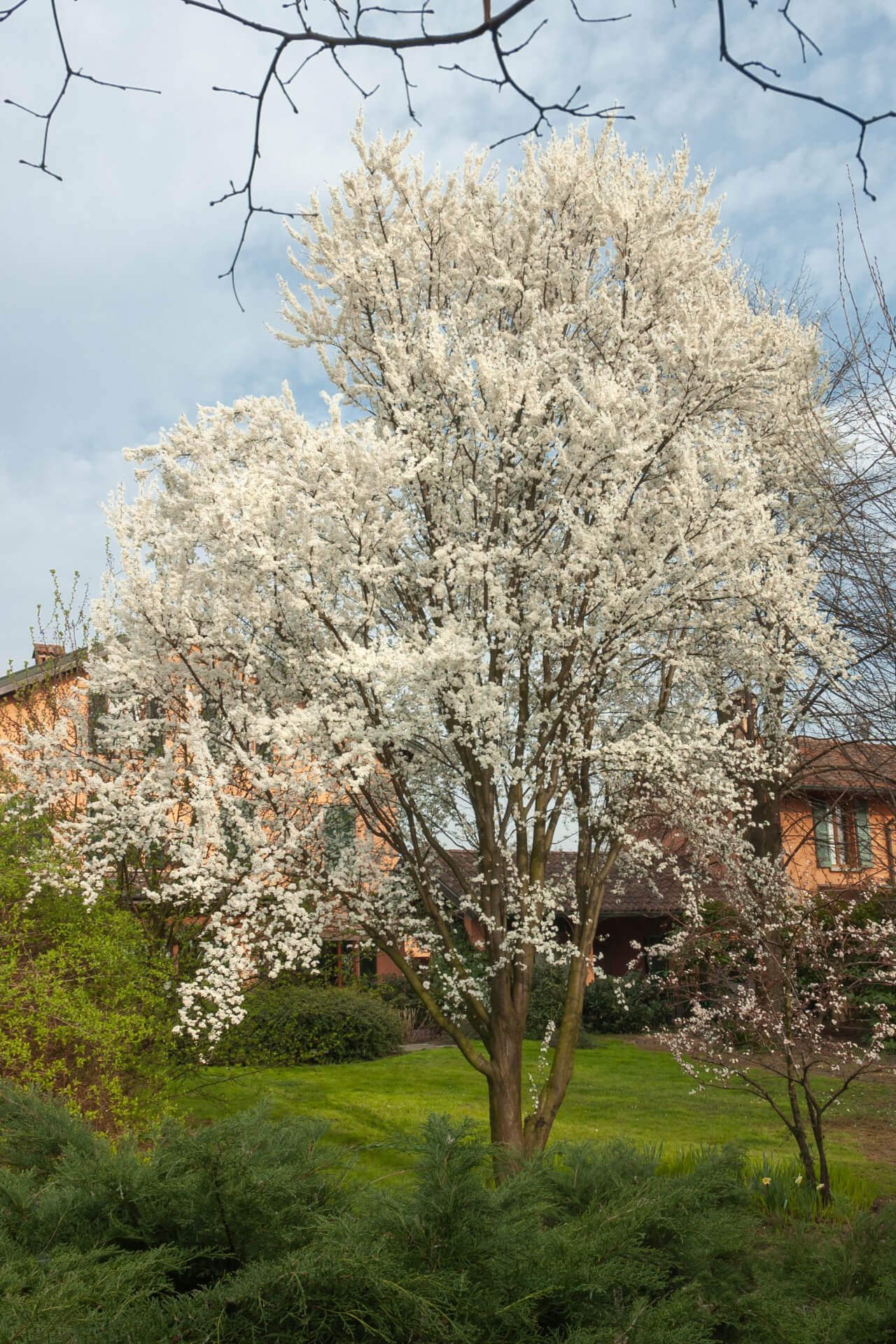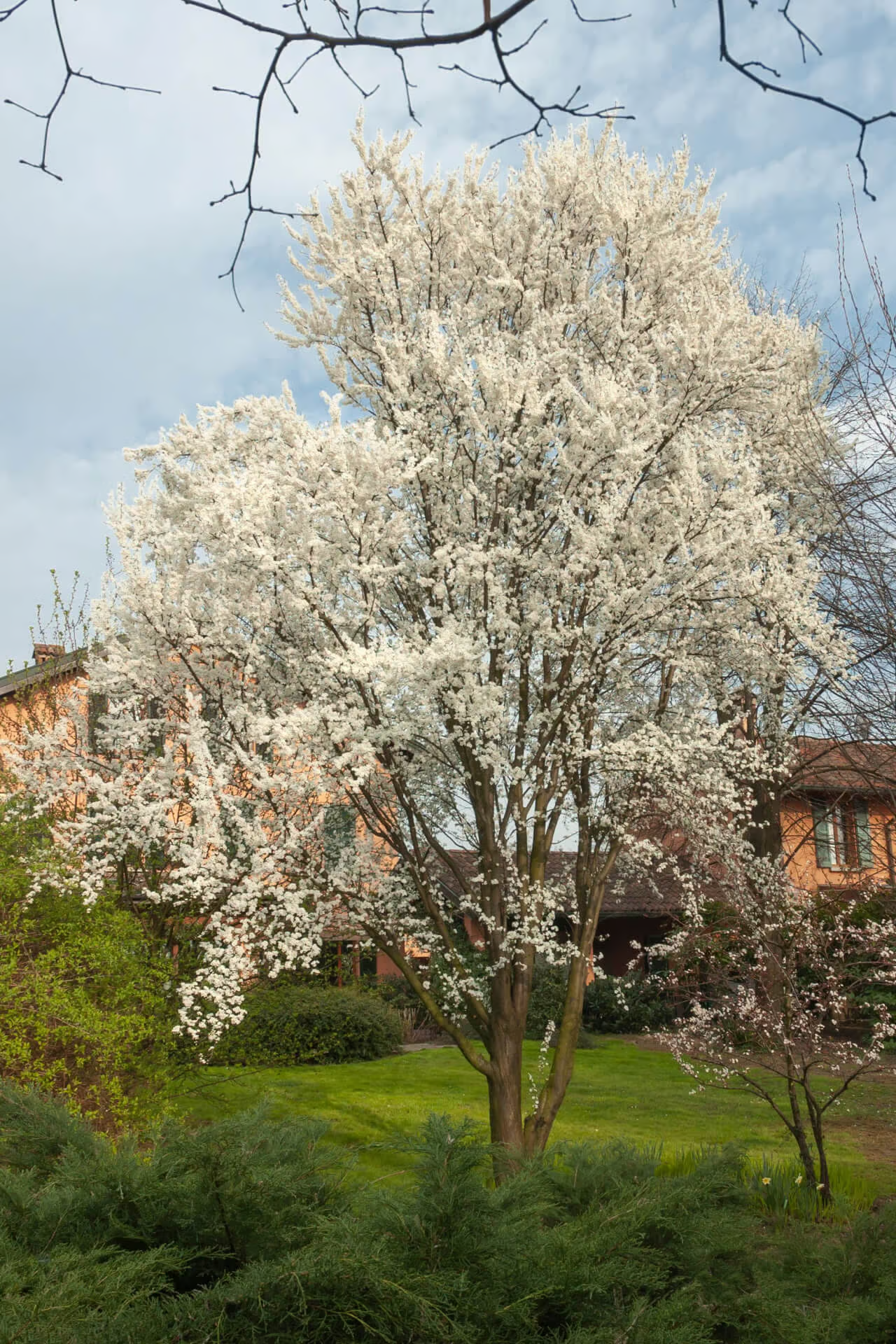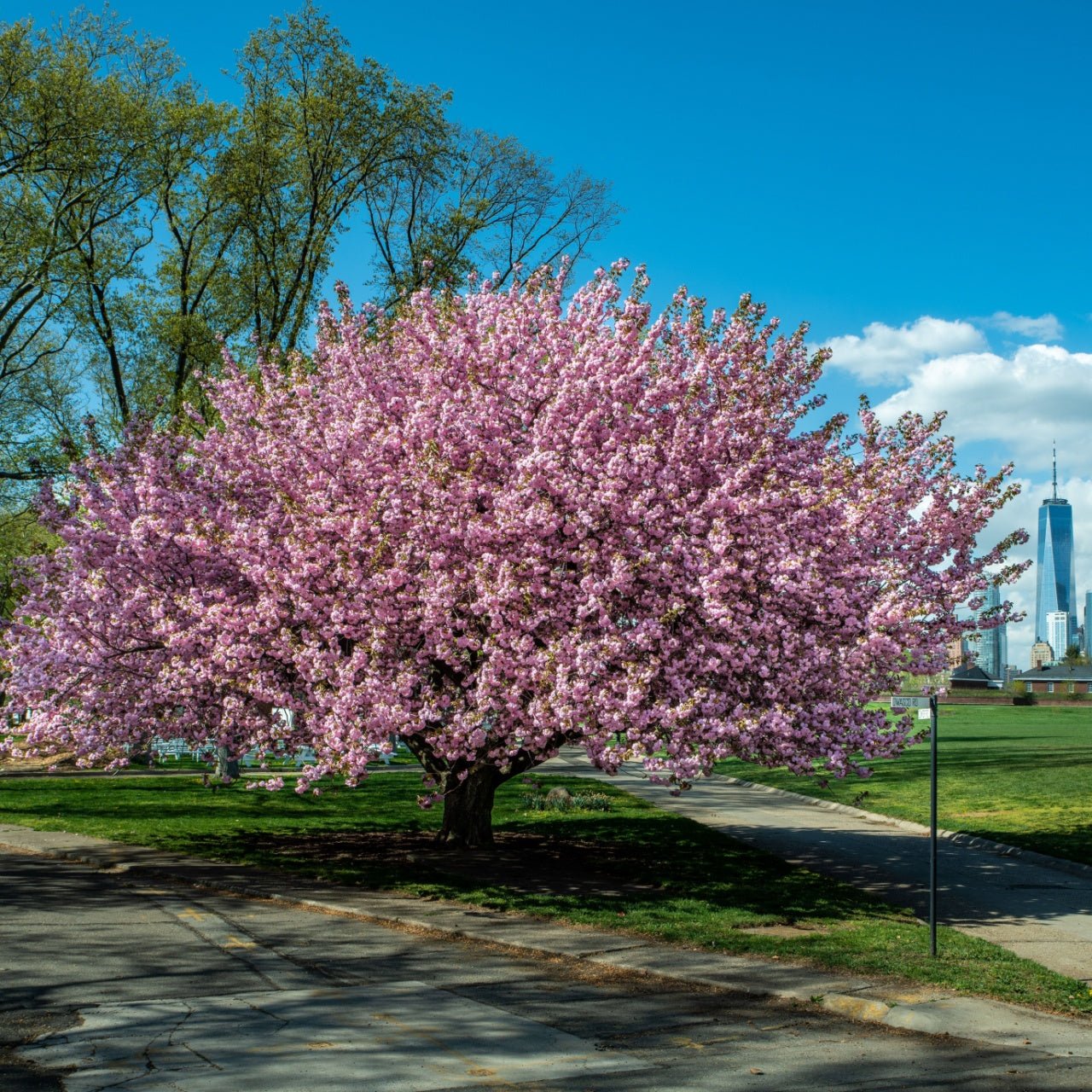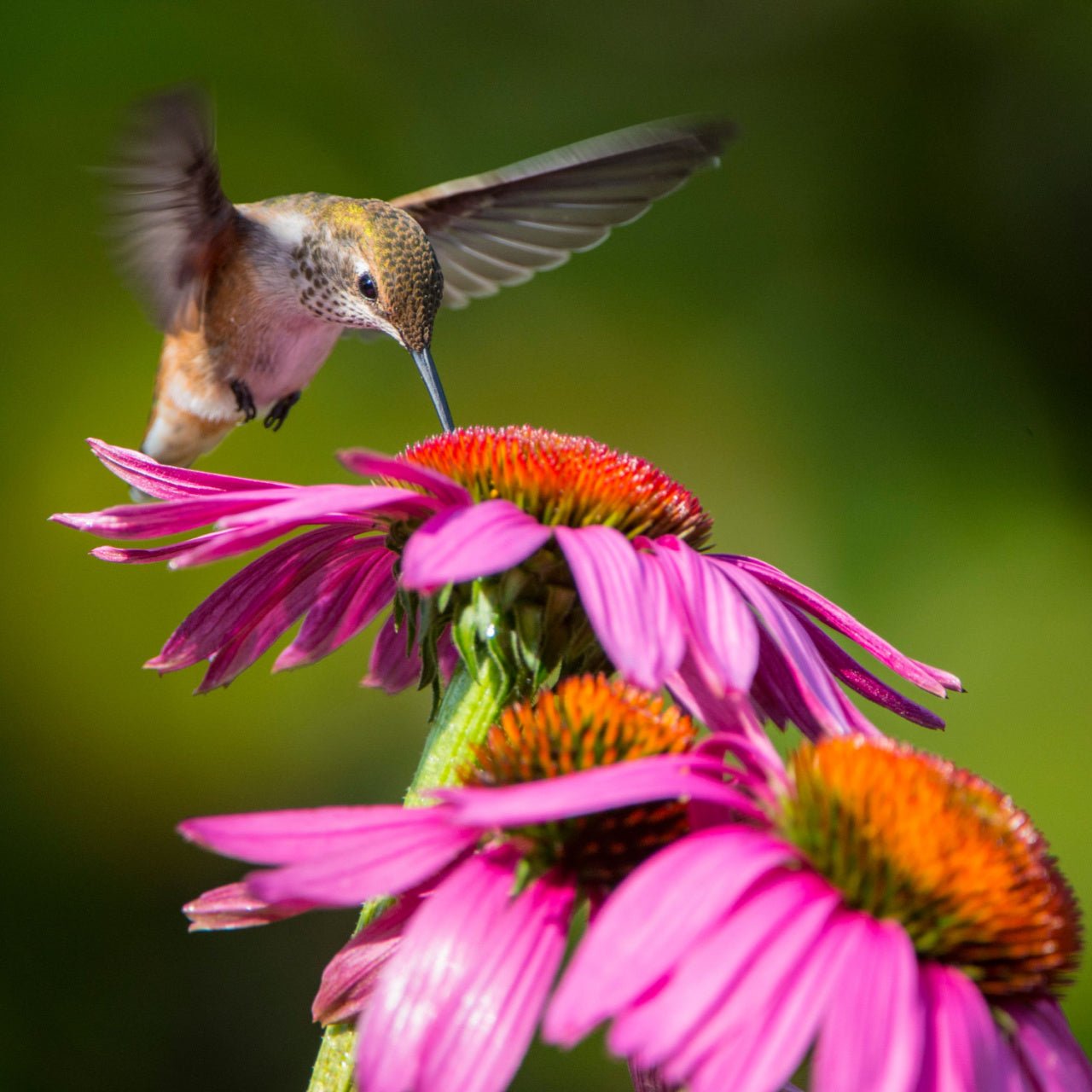



Wild Plum Tree
Compact size fits smaller gardens
Hardy and adaptable to many soils
Excellent fall color for landscape
Thrives in
ZONE 3ZONE 4ZONE 5ZONE 6ZONE 7ZONE 8This plant ships:
November 20251 Year Guarantee on all plants
Wild Plum Tree - Prunus americana
The Wild Plum Tree (Prunus americana) is a fruit tree native to North America that will dazzle you with its display of beautiful white flowers. It will provide you with ample juicy fruits to harvest.
Plant Details - Wild Plum Tree
Family: Rosaceae
Light Requirement: Full Sun
Needs: Moist
Height: 15 – 25 ft.
Spread: 15 – 25 ft.
Growth Rate: Slow
Bloom Time: Spring
Flower Color: White
Wildlife Value: Attracts butterflies, birds, bees
Landscape Uses and Maintenance - Wild Plum Tree
Wild Plum Tree is a multitrunked deciduous tree, valuable for both its springtime beauty and its edible fruits.
You can plant this tree to create a windbreak, hedge, or living privacy screen. Train this tree as an espalier for easy to reach fruit if you are looking for a fruit tree with a shorter height – perfect for the gardener looking to make the most of a small space. This is truly a perfect tree for adding to your fruit orchard or edible garden.
This tree is a beautiful, ornamental and edible option. Its fragrant flowers bloom in the spring, giving way to delicious dark reddish purple fruits that ripen in the summer months. It has serrated green leaves. It has dark bark.
Plant this tree in a location that has full sun to partial shade.
This tree prefers well drained and loamy soil. It is able to tolerate many soil textures including clay. However, avoid planting it in compacted soil. Water it regularly.
Prune this tree regularly, thinning out branches to promote a good airflow inside of the tree canopy. This will promote leaves being able to dry out, reducing the potential for fungal infections. Prune when you see damaged, rubbing, or diseased branches. Reducing the number of flowers will make fruits larger and juicier.
Noteworthy Characteristics
Wild Plum Tree is a keystone species, meaning that it is a vital source of food and shelter for wildlife in its native range. You will attract many butterflies, bees, and mammals with this tree! It is a host plant for many butterflies, including the Red Spotted Purple Butterfly.
This Is How Your Plants Will Look upon Delivery

Bloom Season
Spring
Bloom/Foliage Color
White
Height at Maturity
Over 25 Feet
Care
Wild Plum Trees thrive in well-drained soil and benefit from regular watering, especially during dry periods. They should be trimmed annually to clear dead or diseased wood and shape the tree. Fertilize in early spring for best growth and fruit production.
Plant Reproduction
The Wild Plum Tree spreads through seeds and root suckers.
Plant bare root trees during the dormant season in early spring or late fall (November through April). Dig the hole twice as wide as the roots so the soil is well-drained. Position the tree so the root flare is at or just above ground level. Fill the hole back with the soil you dug from and water. Maintain soil moisture, especially in the tree's early years, by providing deep, regular watering. Apply a 2-4 inch mulch away from the trunk at the base to retain moisture and suppress weeds. Prune trees during the first few seasons to establish strength and resilience, remove damaged branches, and continue maintenance pruning as the tree matures. Regularly inspect for pests and diseases and apply integrated pest management practices. Protect young trees from mechanical damage and extreme temperatures with tree guards, and stake them if necessary for support, removing the stakes after one or two years.
Shipping date depends on the date displayed and chosen when you order from the product's page.
We only accept returns on plants verified dead. If you think your plants have died, we offer a 1 year warranty, please use this File a Claim Link to verify dead plants and start with return warranty process.






Delicious Fruit:
The Wild Plum Tree produces small, sweet plums perfect for fresh eating or making preserves.
Hardy and Low Maintenance:
This tree is resilient and requires minimal care, making it an excellent choice for a variety of climates and soil types.
Compact Size:
Ideal for smaller gardens or landscapes, the Wild Plum Tree maintains a manageable size while still offering abundant fruit and beauty.
Attracts Wildlife:
Its fruit attracts birds and wildlife, enhancing your garden's ecosystem and providing a natural food source.
Caring Tips
How do I care for my Wild Plum Tree?
Each box contains detailed care instructions and information about your product. But here's the basics.
Care Tips
Wild Plum Trees thrive in well-drained soil and benefit from regular watering, especially during dry periods. They should be trimmed annually to clear dead or diseased wood and shape the tree. Fertilize in early spring for best growth and fruit production.
Light Requirements
The Wild Plum Tree thrives best in full sun to partial shade. It requires at least 6 hours of direct daylight daily to guarantee healthy growth and abundant fruit production. In shadier conditions, its growth and fruit yield may be reduced.
Hardy Planting Zones
3 • 4 • 5 • 6 • 7 • 8
Header
Use this content to share information about your store and products.
Frequently Asked Questions
How often should I water my plants?
How do I know if my plant is getting too much or too little sunlight?
What should I do to prepare my plants for winter?
What are the signs that my plant needs fertilizing?
How can I prevent pests from damaging my plants?
How do I choose the right plant for my climate zone?






